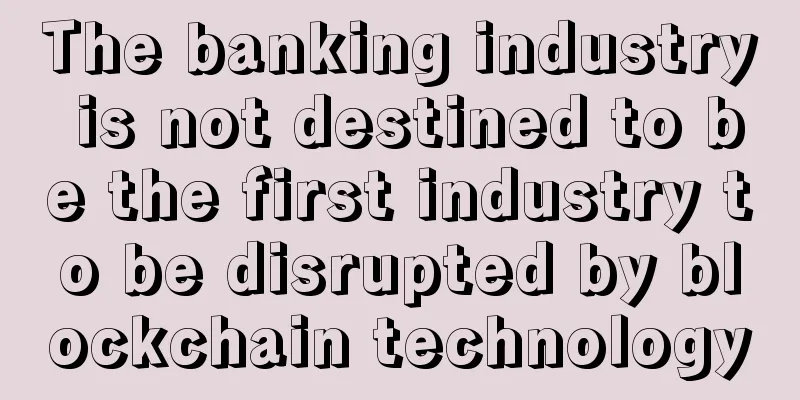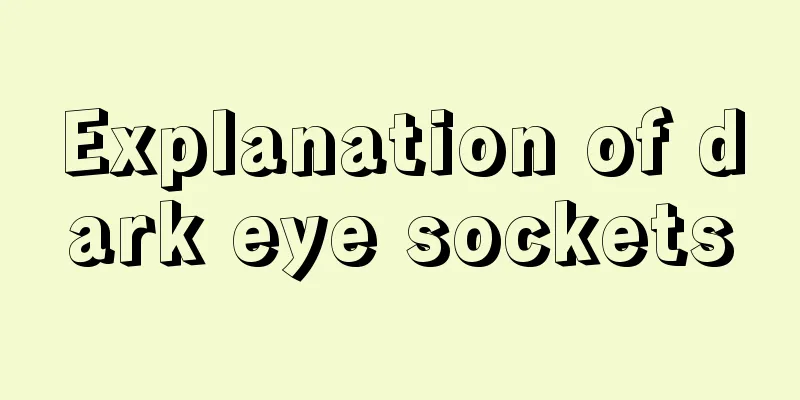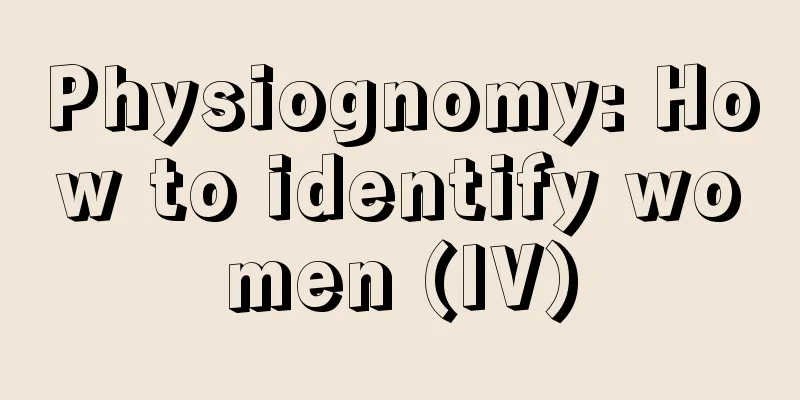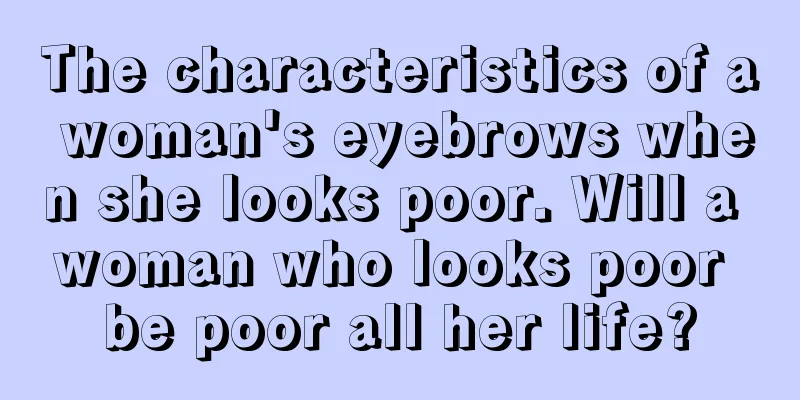The banking industry is not destined to be the first industry to be disrupted by blockchain technology

|
The author of this article, Oliver Bussmann, is a financial technology consultant and former chief information officer (CIO) of UBS, while Nick Williamson is the CEO and founder of custom blockchain provider Credits. In the article, the two authors argue that while blockchain holds great promise in banking, it will likely not be the first industry to see real-world applications of the burgeoning technology. As two people who have been studying blockchain closely for some time now, we have no doubt that this technology has the potential to fundamentally transform the financial industry. Blockchain technology is better at creating and maintaining interconnected ledgers - the core of the financial system, and it seems to be the technology that was born for this purpose. But while banks and financial technology firms around the world are developing blockchain-based solutions, we may see the technology ‘come online’ in other industries first. This is a bit contradictory, and we will explain it further below. Regulation, regulation, regulationAccording to Oliver's own experience, the biggest implementation barrier in the financial services industry is ' regulation '. As one of the most regulated industries in the world, banks need to wait for regulatory certainty on all issues before launching blockchain-based platforms. Strict regulations on collecting, storing and sharing customer data add rigorous layers of confirmation, verification and internal sign-offs to the regulatory approval process. While many regulators are actively supporting banks in exploring blockchain technology, this does not provide a free-for-all environment for early adopters. In fact, banks are facing reduced IT innovation budgets and huge traditional IT investments, which are also obstacles to the development of blockchain in the banking industry. To a certain extent, it refers to the traditional mindset: the financial industry has invested heavily in a centralized model; while blockchain represents the opposite worldview - decentralization. More fertile ground for developmentWe believe that blockchain will be implemented first in industries with loose regulation, especially those that face challenges in data access control management and data integrity. This may include sensitive personally identifiable information (PII), such as medical records, industry competitive secrets or other internal corporate data. It may also be intellectual property, such as copyright management of music or art. Areas where blockchain may be successful include e-government, supply chain management, finance, insurance, real estate and the Internet of Things. The best example is that BHP Billiton, the world's largest mining company, announced last week that it is using blockchain to improve supply chain processes. Use cases that benefit everyoneAt Credits, Nick has been closely watching the blockchain trend. The company has been exploring some blockchain use cases outside the financial services industry, such as identity verification, procurement processes, and payments between departments. They are currently working with a client on an enterprise identity blockchain solution. Credits has also been very active in the e-government sector, where blockchain has the potential to inject trust and accountability into many processes. This includes providing a way to share sensitive personal data between departments, preventing data leaks while allowing data integrity checks. The good news for banks is that many non-financial use cases also offer compelling first-tier customers for end-financial customers. For example, if we can solve supply chain management, we are not far from solving supply chain finance. So, while we may not see distributed ledgers taking over financial services right away, that shouldn’t be interpreted to mean it will never happen. The combination of banks and blockchain is an inevitable fate. For more information about blockchain and banks, please check out the special topic "Blockchain and Banks" |
<<: Euroclear develops blockchain gold settlement system, London becomes first pilot
Recommend
Analysis of the dragon among men
Analysis of the dragon among men 1. There is a wo...
What does a person with a chevron face represent?
What does a person with a chevron face represent?...
Four unsuitable facial features for women
Four unsuitable facial features for women In trad...
JPMorgan Chase: Institutional investment in Bitcoin may usher in $600 billion in incremental demand
Source: Cailianshe Author: Bian Chun Cailian Pres...
People who have achieved nothing in middle age have a knotty nose bridge.
In life, some people seem to be the favorites of ...
What kind of face does a woman have to have good fortune in life?
Although many people often say that money is exte...
&lt;Kun Ma Chapter&gt; Praise for the accurate identification of people
The "Kunma Chapter", also known as the ...
Coin Zone Trends: Bitcoin Price Trends Based on Big Data This Week (2017-03-02)
Bullish breakthrough short-term bullish 1. Market...
How to tell fortune from palmistry
As the saying goes, money makes the world go roun...
What does it look like for a woman to be a senior executive?
Nowadays, many women are performing well in the w...
Do women with moles on their noses have good fortune? Are you blessed?
Moles can be divided into broad and narrow meaning...
Where are the birthmarks that bring good luck? The most blessed birthmarks
Some people seem to be marked with a unique mark ...
What are the facial features of stingy people? Which types of people are the most stingy?
In daily interactions, people hate selfish and st...
How to read palmistry for men
Palmistry is a form of fortune-telling. In palmis...
What kind of woman’s face looks very honest?
Some women are very honest, while some women are v...









